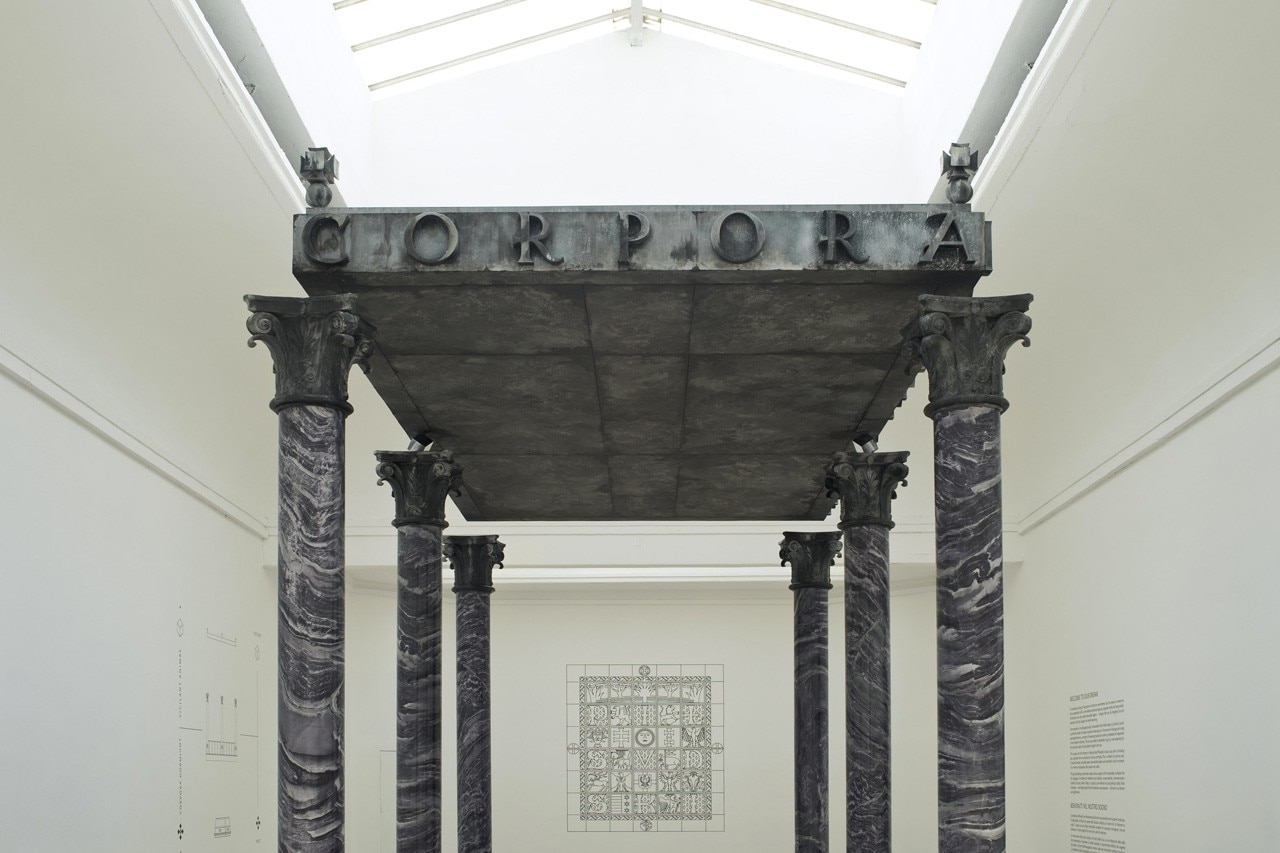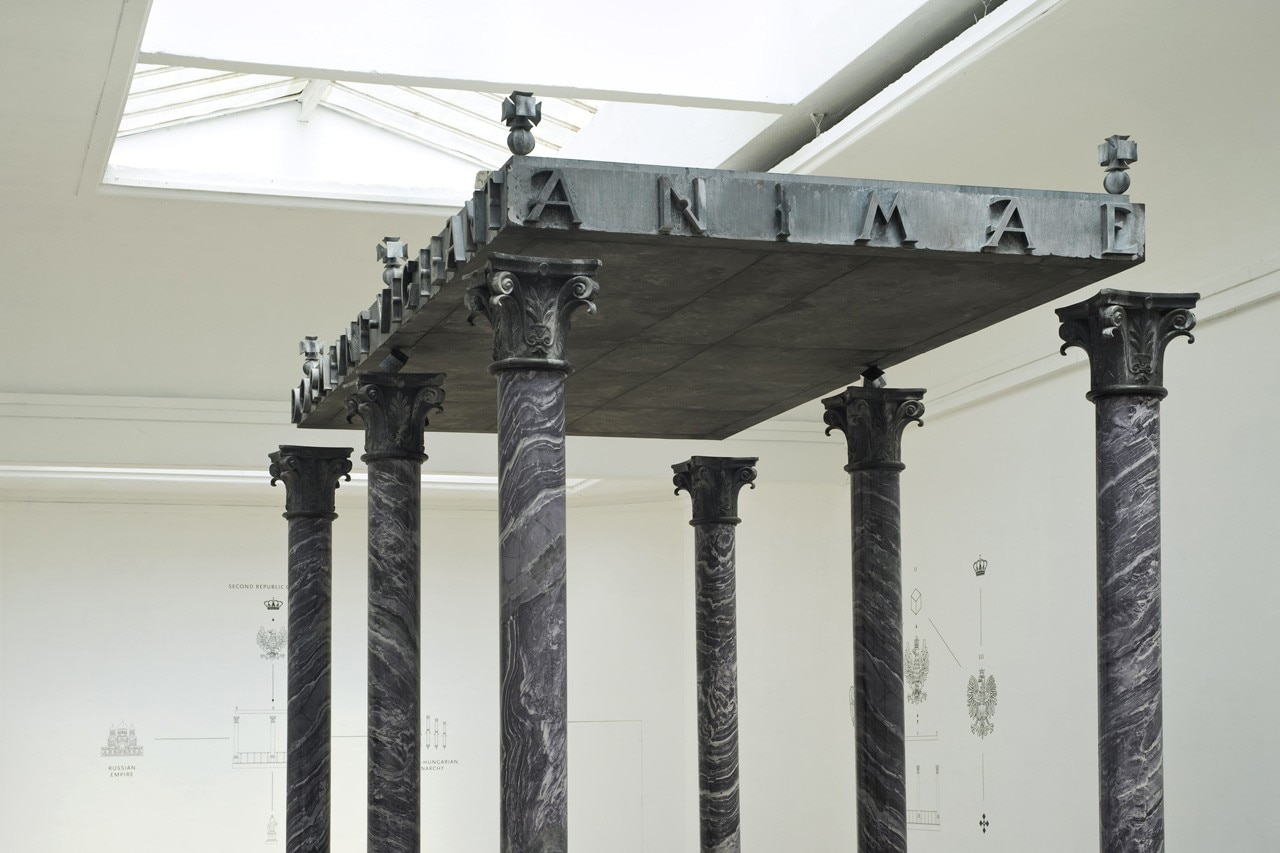
This monumental assumption is a lens that focuses the dispersed scope of problems related to building modernity in the interwar period in Poland and in the Central Europe of that time. After World War I, Poland reappeared on the World map, regaining its independence after 123 years of partitions (the country was divided into three parts and annexed by the Russian Empire, the Prussian Kingdom and the Habsburg Empire).
The newly established state was looking to create a new identity and architecture was one of the keys in forming a new national character, in creating new myths, and in tying with the past.
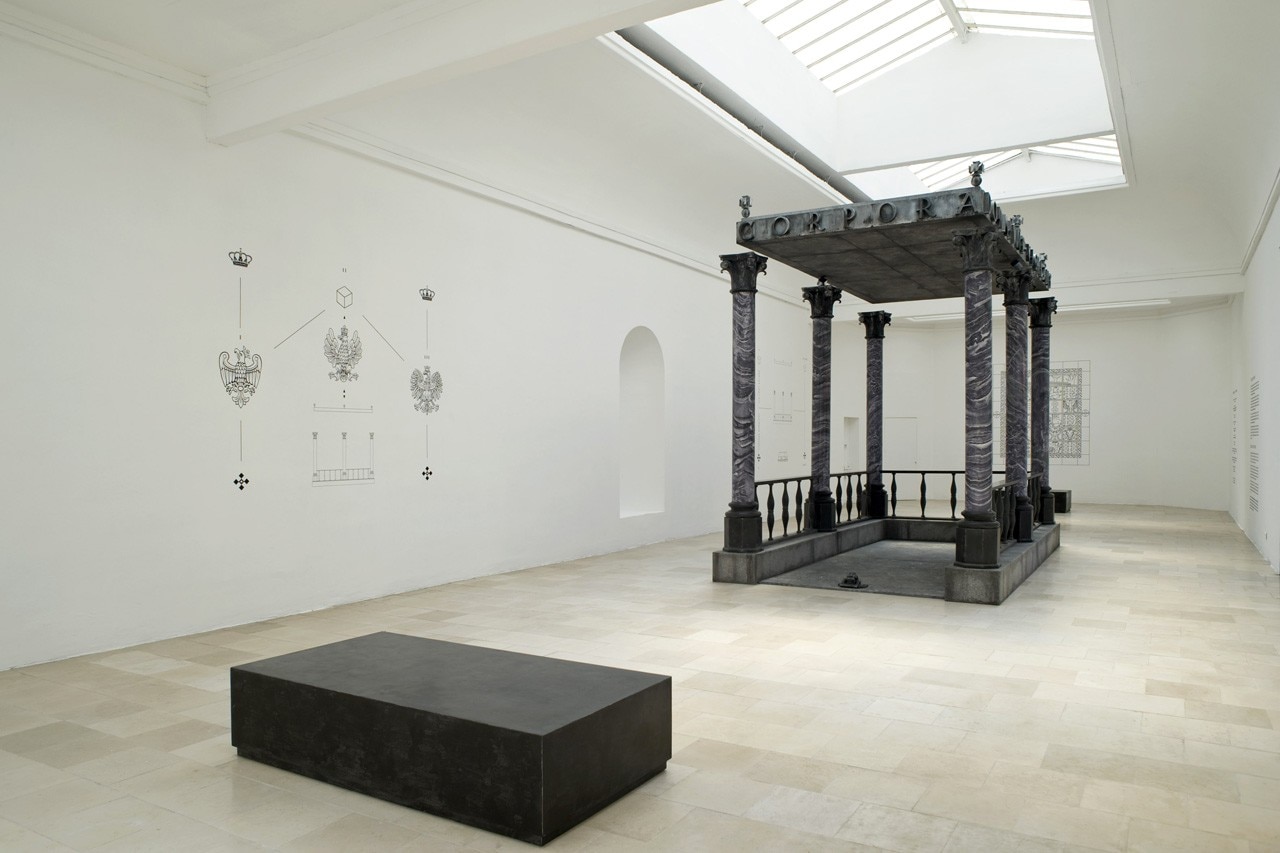
He was the author of numerous mausoleums and monuments erected to celebrate national heroes, whose funerals (some of which were repeated due to relocation of their corpses) constituted an element of state propaganda to build new myths and dramatize death.
Lewis Mumford claimed that “…The notion of modern monument is veritably a contradiction in terms…”. By definition, a monument is nearly impossible to realize on the basis of modernity, since its essence is to commemorate the past.
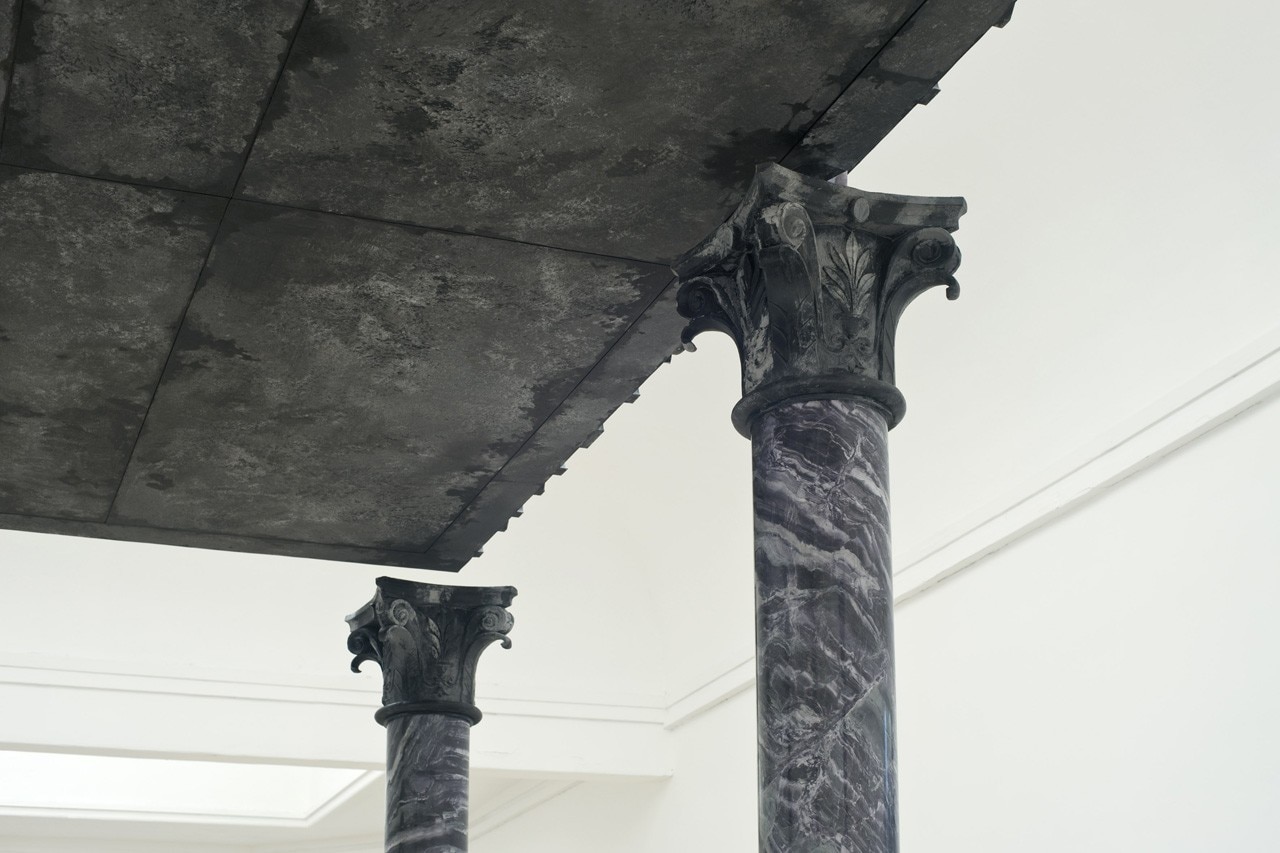
The canopy rests on 6 Corinthian columns and is fenced with a balustrade. However, what is most interesting is the roofing itself. As if contrasting the historicizing supports, it features a bronze form, a modernist flat roof, the ideal monolith and the perfect Platonic archetype. It may be interpreted as a metaphor of the modern state set on the foundations of complex history. However, the paradigm is shaken by a peculiar dramatic event – the column is separated from the roofing by an aperture. This way the roof board does not rest directly on the Corinthian capitals, but on light, nearly invisible supports.
This very aperture contains the titular “impossible object’, which may be interpreted twofold. Firstly, in the spiritual realm, as related to the essence of burial, where the columns remain in the earthly realm, contrasting the roofing, which is a metaphor of the spiritual realm representing eternity. By emphasizing the levitating property of the roofing by supporting it on mirror cubes, the curators and the artist created a wide array of implied meanings. This aperture is a dischord between the drives of the modernists, their struggle at achieving mythical modernity, and the reality that is full of history, repetition. The exhibition strikes with fatalism.
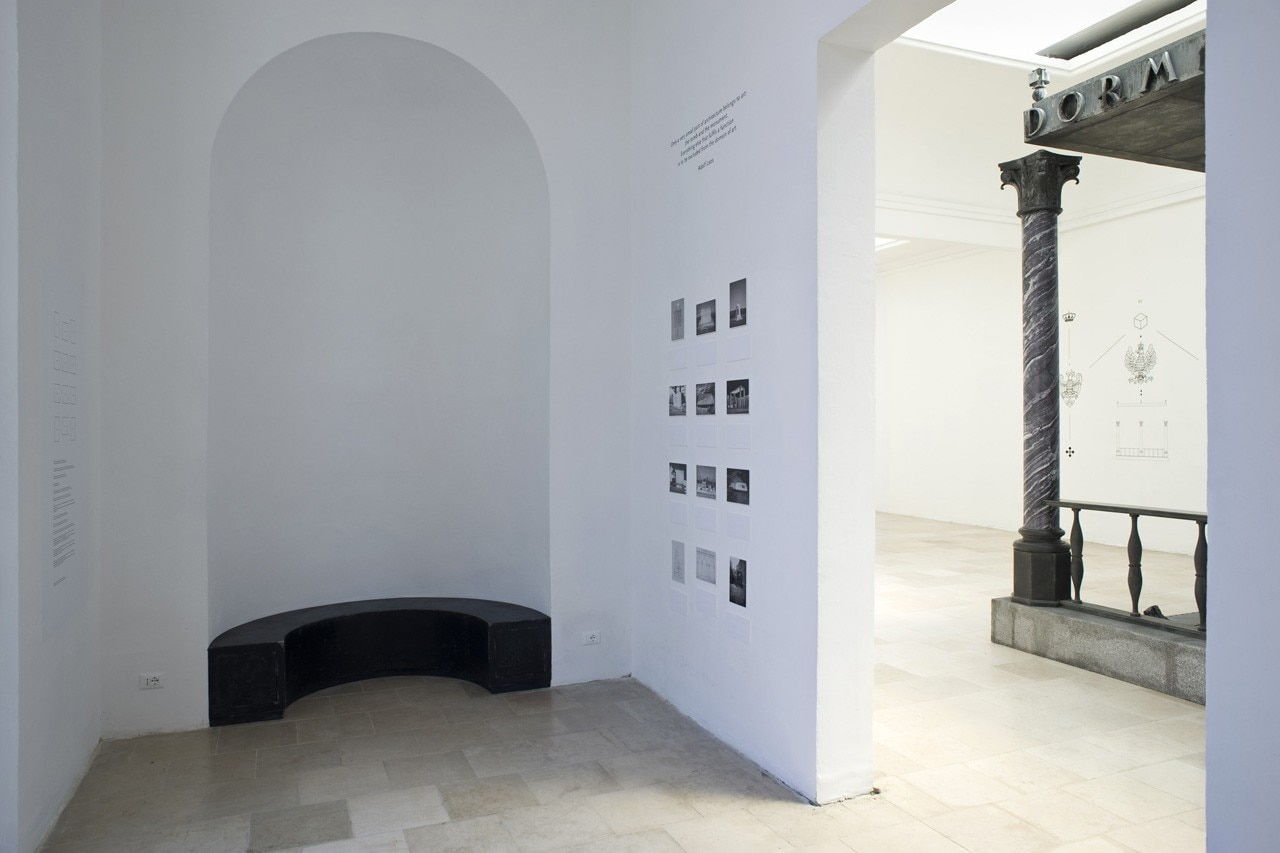
In the context of the state, politics and its propaganda, modernity is impossible to achieve. Visions always fail, having passed the quern of populism and mass taste. Compared to other pavilions, boasting their one hundred of years of accomplishments in modernism, sometimes breathing a fresh air of optimist, the Polish pavilion is a bold statement of the utopia accompanying each endeavor to build modernity.
There was concern that an exhibition raising issues specific to the Central European region could have proven too hermetic for a wider group of recipients.
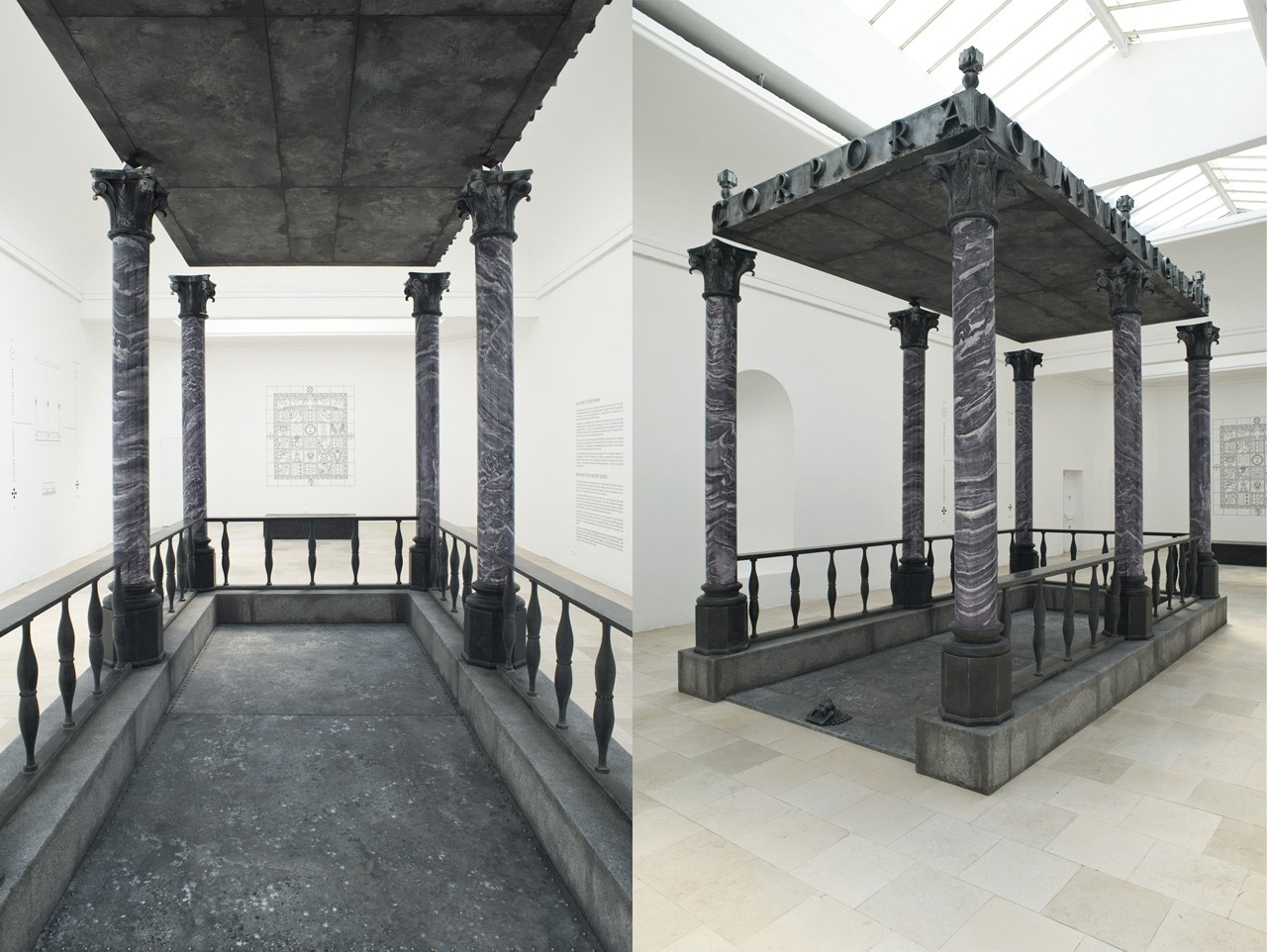
The exhibition was also unnecessarily outtalked in the pavilion vestibule featuring photographs (printed on porcelain, as the photographs on traditional Polish tombstones) which were to introduce various funeral-related issues. On the one hand, we were presented with the assumptions for monuments built in the modernist spirit, on the other hand we had the tombstones of renowned architects, great modernists, such as Mies, Le Corbusier, or Alvar Aalto. The curators purposefully placed one fake among the photographs – a fictitious tombstone including a form resembling the CCTV in Beijing, authored by OMA – was it a hypothetical tombstone for Rem Koolhaas? This bit of irony seems inappropriate, since it undermines the overtone of the centerpiece.
However, despite all of these doubts, the exhibition in the Polish Pavilion is one of the most interesting ones in the Giardini. In fact, it is the tombstone laid for the modernist utopia.
Poland
Impossible objects
Commissioner: Hanna Wróblewska
Curators: Institute of Architecture (Dorota Jedruch, Marta Karpinska, Dorota Lesniak-Rychlak, Michal Wisniewski), Jakub Woynarowski
Location: Pavilion at Giardini
until 23 November 2014
14. Architecture Biennale
Fundamentals
Giardini, Venice


